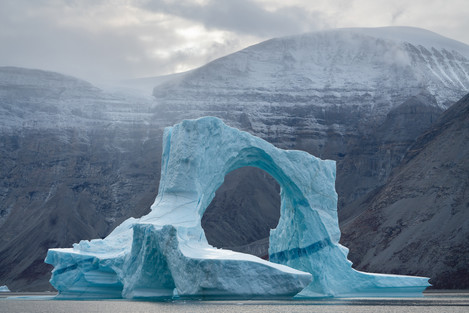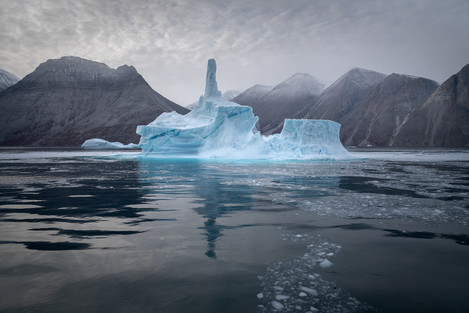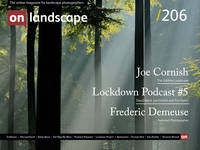The awesome power, and beauty, of nature
When writing about the Sublime it’s first necessary to establish what we mean by it. In contemporary speech, sublime is often a slightly elevated version of delightful, or delicious, as in, “You look sublime in that dress/suit,” or, even more annoyingly, “The profiteroles are just sublime, darling!” This is an undignified home for a word which in its artistic origins was used to distill the awe-inspiring, life-threatening, edge-of-catastrophe thrill of nature’s power and beauty.
The philosopher Edmund Burke who defined the idea of the sublime understood the importance of people being made to feel small and insignificant as a way of putting daily life in perspective, and to counter the inflation of the ego. Religion is one of the ways that this could be achieved, and art was another. But nature was/is Sublime’s source.
(For those seeking something more scholarly, there is endless interesting material on the Sublime in libraries and on the internet, as always.)

Arched Iceberg Greenland
All icebergs are ultimately doomed, and when they are as delicate and fragile as this one their demise is near. So near, that just a few seconds after this photograph was taken the arch collapsed, scattering shards of ice as dangerous projectiles either side of the impact zone. Luckily for us, we were not in the line of fire.

Arch Berg Collapse Greenland
Not long after, the remains of the decaying berg collapsed again in a less spectacular version of the arch fall. We remained safe, but it was a sobering moment. Undoubtedly a video of the event better helped describe it than any still photograph could.
To have a close encounter with a hurricane/tornado/erupting volcano/avalanche/earthquake/thunderstorm and survive, was to have a sublime experience.


